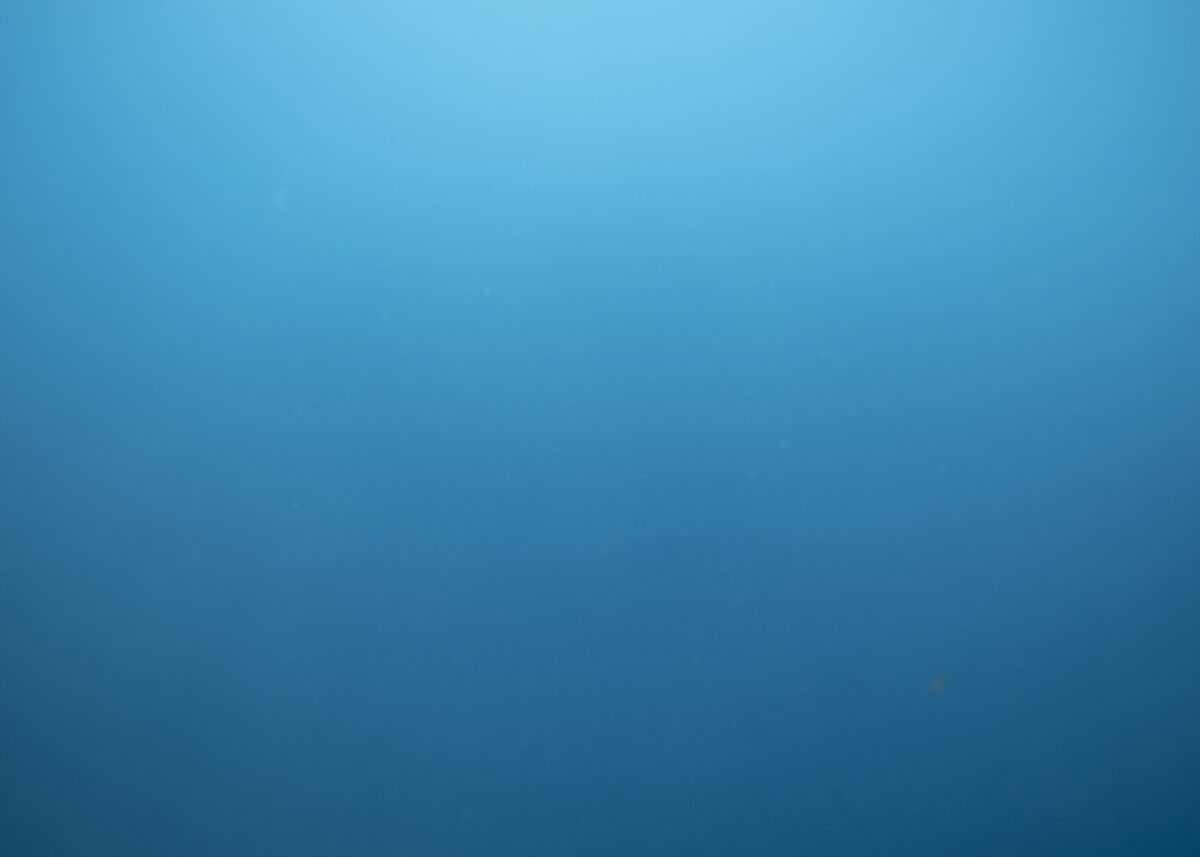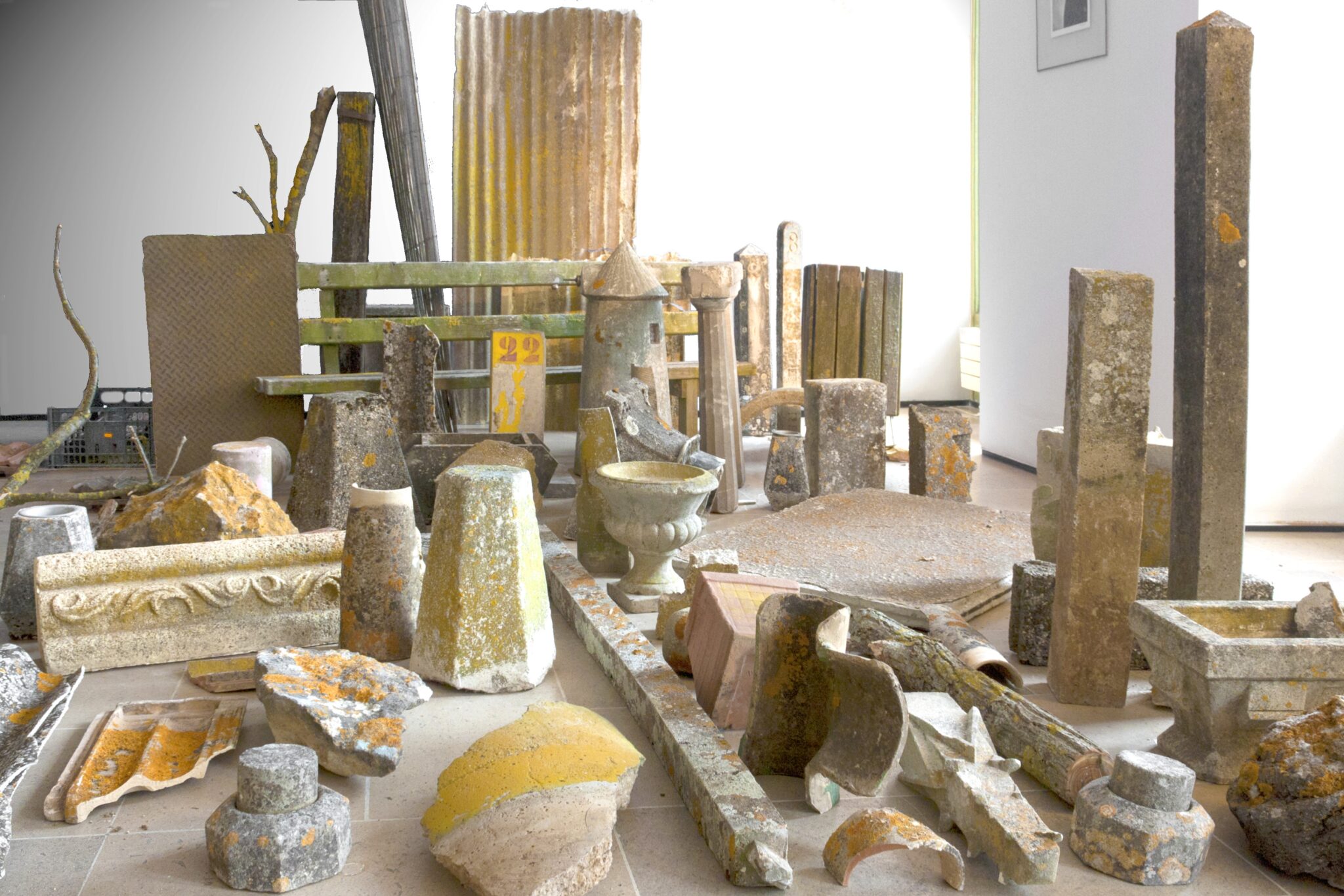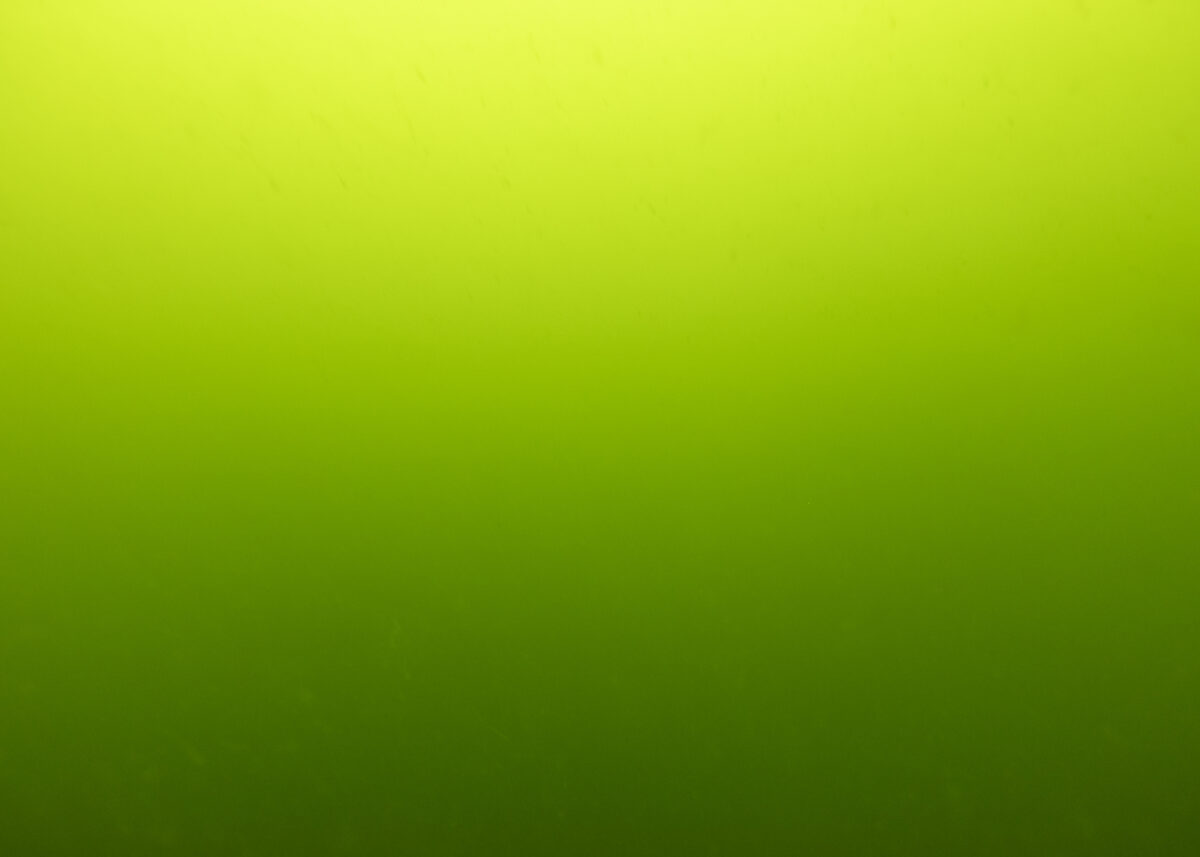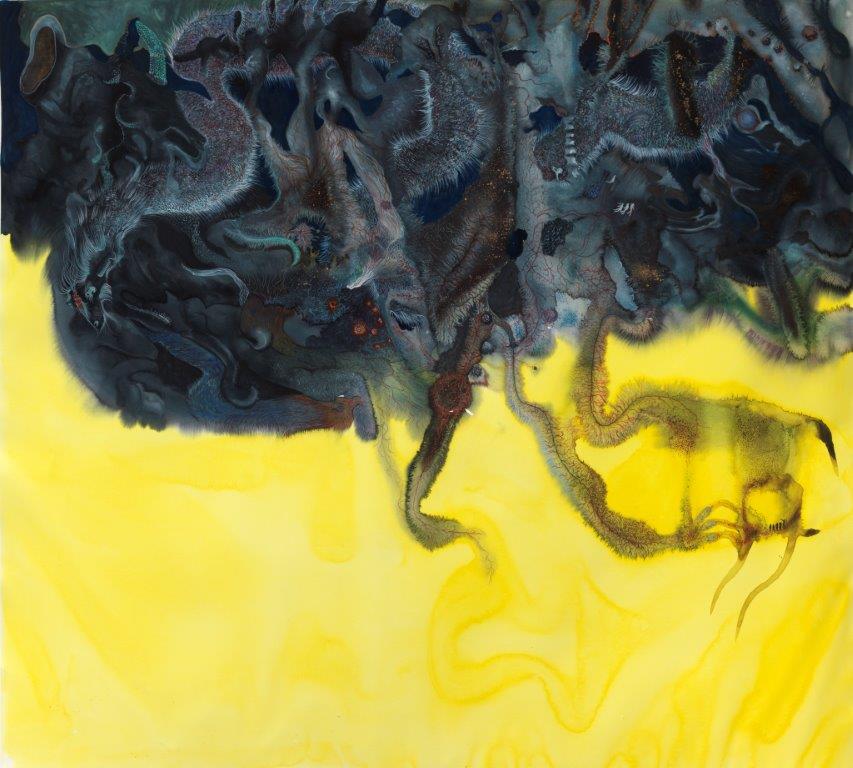
CALL FOR PROJECTS COAL PRIZE 2025: Freshwater
The COAL Prize 2025 dedicated to fresh water is a call to fight against the drying up of our sensitivities…
Image credits: © Linda Sanchez, installation Colonie, Hall du Ministère de la culture
Published on 6 June 2020
As part of the COAL 2020 Award, ten artists’ projects have been nominated as finalists for this eleventh edition. Each day, we offer you a meeting with one of the nominated projects, until the winner is announced.
Linda Sanchez was born in 1983 in Thonon-les-Bains, France. She lives and works in Marseille, France.
Between sculpture and installation, drawing and video, Linda Sanchez plays with laws and physical phenomena. From the horizontality of a body of water to the trajectory of a waterfall, from the liquidity of sand to the elasticity of a binder, she observes existing phenomena, adjusts their scale, their correlation, their duration. In an elementary relationship to material and movement, she works by sensitive back and forth between intuition and experience. Notions of chance and order, figures of fall, writing of time; his works fix the movement in the matter, write it, measure it or transcribe it. A graduate of the Annecy School of Art, she has collaborated with researchers, writers and artists on several projects and exhibitions: Museum of Contemporary Art, Bullukian Foundation Prize in Lyon, Casa de Velázquez (Madrid), 62nd Salon de Montrouge, Emerige Revelations Grant, Friends of the Palais de Tokyo Prize.
PROJECT NOMINATED FOR THE COAL 2020 AWARD: COLONY
The lichen is a singular plant, having a double nature, symbiosis of a fungus and an alga. Part of the neglected biodiversity, it nevertheless covers 6% of the land surface. The oldest lichen fossils date from the oldest of the six geological periods of the Paleozoic (1.9 million years). In addition to being a perfect indicator of the pollution index, it has a capacity of resistance to extreme conditions and a faculty of revival. This resistance makes them pioneer organisms par excellence.
Linda Sanchez’s installation Colony is composed of objects of different natures, materials and forms, all linked by the same character, that of being colonized by yellow orange lichen. These elements are collected, gleaned, dug up, detached from various places on the territory, at the edge of roads, rivers, ruins, outskirts of cities, disused areas, where nothing moves. Paving stones, bits of sidewalk, tiles, angle irons, blocks and urban furniture are held together, in deposit, like a composite vestige reconstituting a colored pointillism.
Covered by the thickness of time, these objects are relics of our past occupation, stories of how we inhabit the territory, how we shape the landscape. Lichens and mosses are symbols of oblivion and abandonment, signs of the passing of time, which our societies fight with all their might. However, “it is not time that passes, it is us that passes”, writes Etienne Klein in Les tactiques de Chronos. The Colony project describes in a poetic way how this other form of the living which preceded us and which will succeed us, leaves an impression of relativity to the human temporality. This double colonization, between nature and culture, takes two reversed chronological directions: the vestige and the project, the speed and the timelessness.
What was your first sensitive relationship with living things?
The awareness of the infinitely long, almost timeless lifetimes of certain living beings, makes one dizzy. Between human and non-human worlds, the speeds of lives, their rhythm and their overlapping, the so complex networks of their process, their evanescence, is a miracle. I feel the relativity of my own scale of perception. Intuitively, the living is linked to movement and behavior in the details of matter. Twisting, repetition, circularity, twist, bounce, crush, push… In a thought image, life is born in a fold.
I have collaborated several times with researchers and physicists (Laboratoire Matière et Systèmes Complexes Paris Diderot, Institut Pierre-Gilles de Gennes). How do forms appear in nature, generate and mutate? Their experiments resemble sculpture, and appeal to a sensitive, concrete, visual apprehension that also induces the gesture and the hand. The appearance of cracks in a clay is related to the growth of veins in a plant surface, to the cartography of a city: different typologies but which tell the history of forms, their frameworks, their internal mechanics, their genealogies…
What inspired your project?
It comes from an idea of tenderness. How two things of different natures, (origins, modes of manufacture, narratives) can, by a new intrinsic characteristic, look at each other. And, according to a network of internal relations, to belong to the same family, or to the same kind. It is also a link to camouflage where contours, figures and patterns intertwine, and dismantle preconceived categories and orders. Colonie presents this linked set, as a composite remnant, reconstituting a colored pointillism.
I worked for a few years with the archaeological service of the city of Lyon*. Preventive archaeology works to safeguard the heritage, under the urban building, in an emergency linked to the development plans of the territory, public and private works. It was a collaboration rich in sharing our worlds and work logics. Archaeology is a narrative that precedes the writing of history and its versions. It is in the continuity of this work, during the residency at Casa Velasquez in Madrid, that the project began, on the site of Baelo Claudia (ancient Roman city located in Bolonia, near Tarifa in Andalusia).
*Partnership with the Amateur Plastic Practices of the School of Fine Arts of Lyon.
You have worked a lot with the living giving your works a random dimension. Here you are interested in lichens that colonize found objects…
In my work, I observe and play with physicalities, structures and transformations of matter. The liquidity of sand, the architecture of a spider’s web, the behavior of a drop of water… Phenomena that already exist. Like living things, they sometimes seem to move independently. The figures of the fall, the rocking, the sliding, are very present, as the assumed finding of their non-control and their elusiveness.
The lichen is a singular plant, symbiosis of a fungus and an alga. It is a very resistant pioneer organism and has a revival faculty. With tens of thousands of species, a lichen can be three months old, as well as three thousand years old. This form of timelessness is disturbing. Its mode of growth and expansion is by colonization of surfaces. This displacement structure refers to the way in which man colonizes and inhabits the territory.
Colonie lies in this paradox between objects shaped by man, and the thickness of time that covers them.
What is your relationship to collecting and sampling?
All of my works are attempts to capture, record, record, and remove movements and sections of time inscribed in the material. I build techniques, compounds and devices to write and transcribe them. This relationship of meaning and method is anchored more in a history of sculpture, in a very human link of looking at the landscape. The relationship to the collection is more new in my work, and interests me for its system of organization, notions of networks and wefts that underlie these sets.
What is your environmental commitment as an artist and citizen?
My work is anchored in an environmental problematic, by the relationship to poor and primary materials and elements, as well as by simple, empirical gestures, and always in evolution in a non-authoritarian relationship to what happens to the experience.
The film of the water drop*, the ” sand cloth” , ” Colony” , ” 30cm” of tree trunk, ” relaxation” are works that have a close and intact link to nature. They are objective samples, active and transferred, according to a question of natural and cultural coexistence.
They also testify to a link to a long time, to something that appears very slowly and little by little… shifts the scales of perception. ” It is not time that passes, it is us who pass”, writes Etienne Klein in ” Les tactiques de chronos” . The gesture wants to be a vector of thought without altering the nature of Nature. It is too often considered as a free resource, which time has however patiently sedimented́, transformed, fossilized… Oil for example, exhausted in less than 200 years, is the result of a slow degradation of plankton that took several tens of millions of years to form. The Colony project is the story of this reality too, the lichen is a slow endemic appearance in an environment preserved from pollution.
* title: ” 11752 meters and some dust…”
How do you imagine the world to come?
The present situation is already alarming. The crisis we are going through reveals the fragility of our globalization system (industrial, social and economic), our millennial anthropocentrism.
The planet blows, but only a fragment of a second on the scale of its time. A truce. Are we capable on a global scale of radically changing the course of things and learning from this situation? This is a relative balance compared to the food, energy, migration and climate problems threatening thousands of human beings and living species. Leaving us to ourselves, a suicidal and demented species.
Changing the paradigm, radically, together, requires political courage and an immense collective commitment. Slowing down, starting a degrowth, unlearning certain automatisms, would offer us so many beautiful inventions, a return to fields of knowledge left on the bangs, to re-envision the history of thought in a different way, to abandon so many painful mechanisms and languages, to protect biodiversity, to decentralize, to rediscover ways of being together, to remember to love.
The COAL Prize 2025 dedicated to fresh water is a call to fight against the drying up of our sensitivities…
Created in 2019, the COAL Student Prize aims to support, through a residency in partnership with France’s Nature Reserves, students…
At a time when knowledge alone is no longer enough to motivate action, the Prix COAL 2024 calls for transformation…


